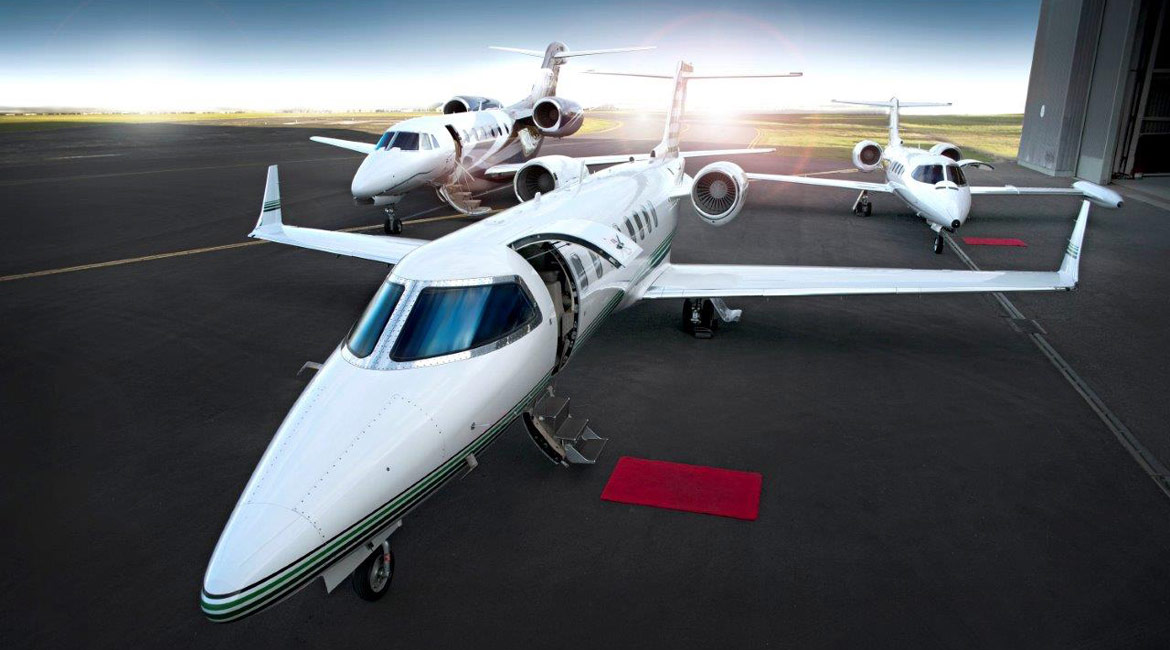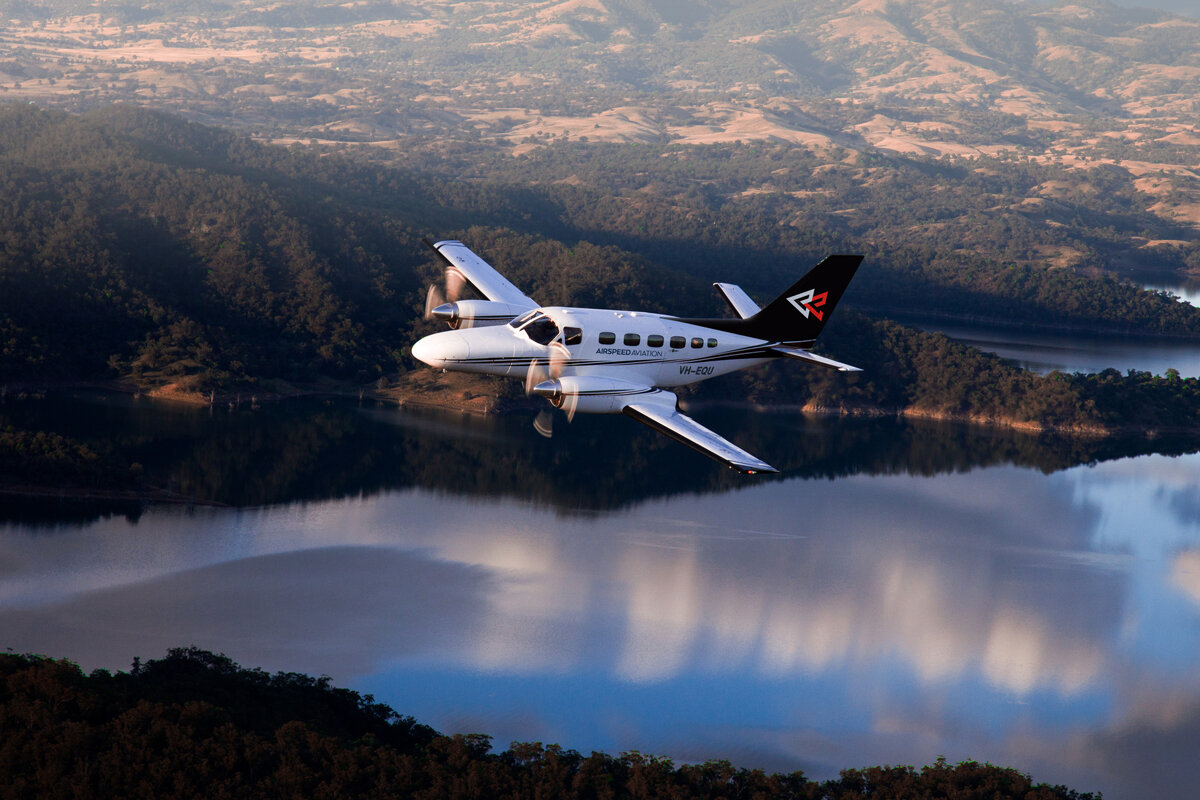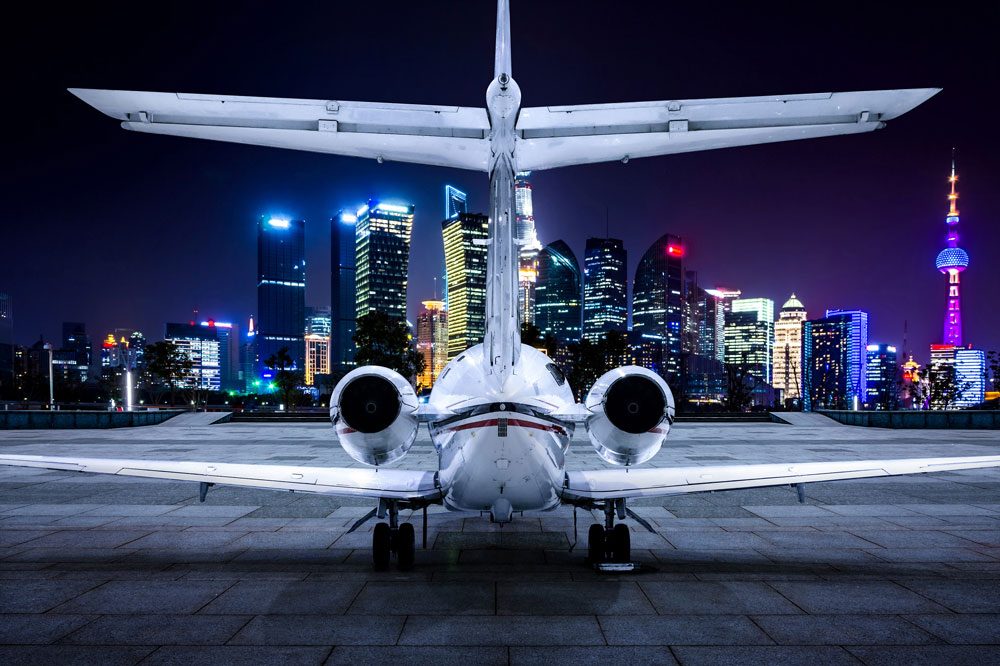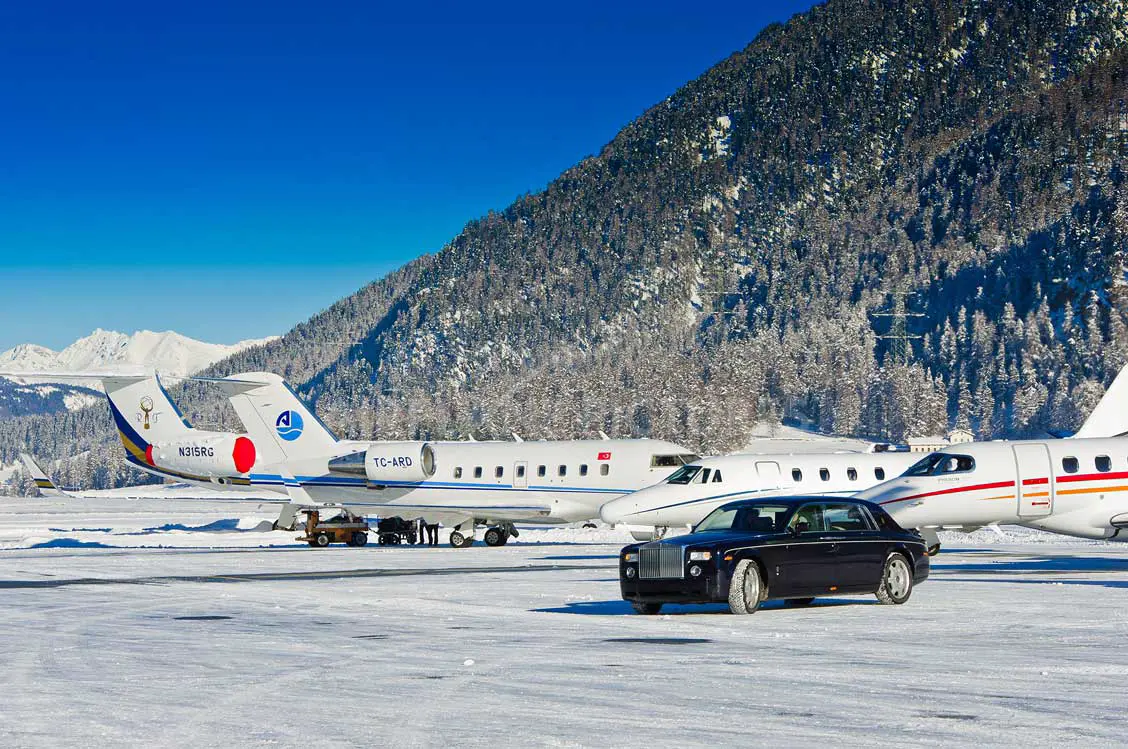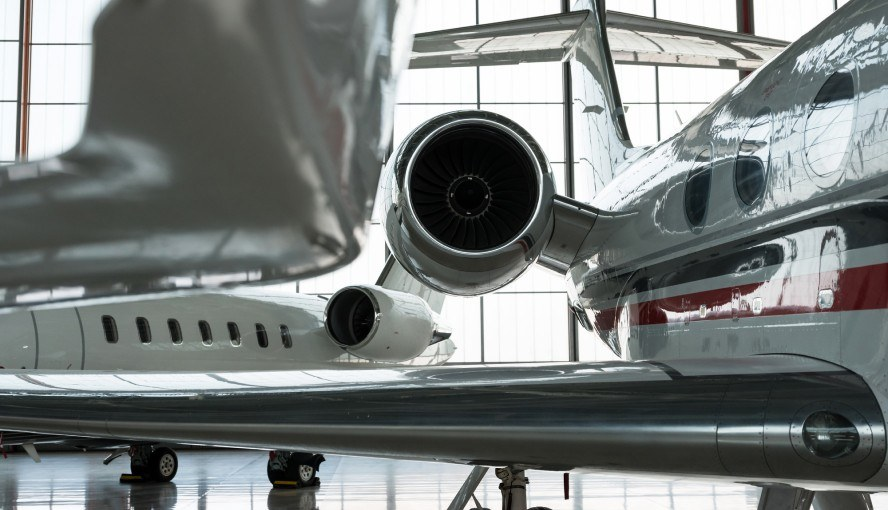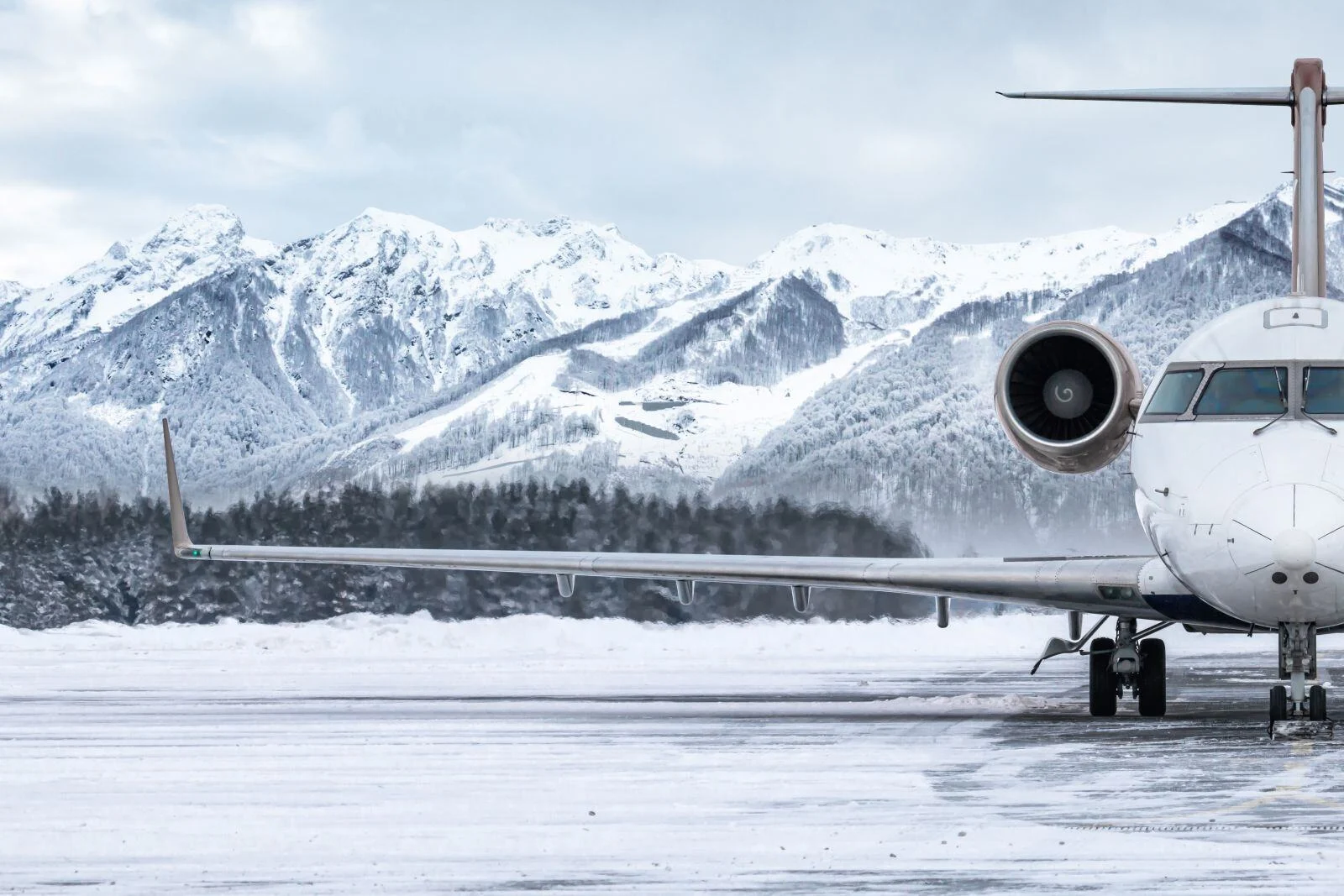What is a Sonic Boom? | Understanding Supersonic Flight & Effects
Have you ever heard a loud, unexpected boom that sounded like an explosion, even on a clear day? That might have been a sonic boom, a powerful acoustic phenomenon created by aircraft traveling faster than the speed of sound. While often startling, sonic booms are a fascinating example of physics in action.
This introduction explores what sonic booms are, how they're created, and their impact on both people and the environment. Understanding this phenomenon helps demystify the science behind supersonic flight and addresses concerns about its noise impact.

Understanding Sonic Booms: A Comprehensive Guide
What is a Sonic Boom? Definition and Explanation
A sonic boom is a loud, explosive-like sound—an acoustic phenomenon—resulting from an object traveling faster than the speed of sound. This supersonic speed creates a shock wave, much like the bow wave of a boat, but propagating through the air. Imagine a whip cracking—that sharp snap is a miniature sonic boom.
The pressure wave builds up as the object exceeds Mach 1, the speed of sound, forming a cone-shaped disturbance. Contrary to popular belief, the sonic boom isn't a single event occurring only when the sound barrier is broken. Instead, it's a continuous effect heard as the object moves supersonically, the shock wave trailing behind it.
The Science Behind the Boom: How Sonic Booms are Created
As an object moves through the air, it displaces air molecules, creating pressure waves that radiate outward, much like the ripples from a pebble dropped in water. These sound waves are subject to the Doppler effect. As the object's speed increases towards and then exceeds the speed of sound, these compression waves become increasingly compressed.
They eventually coalesce into a single, intense shock wave forming a cone called a Mach cone. This cone, trailing behind the supersonic object, is the source of the boom. The propagation of sound within this cone is significantly affected by atmospheric conditions, influencing the intensity and reach of the sonic boom heard on the ground. Visual diagrams effectively illustrate the formation and spread of a Mach cone and its associated shock wave.
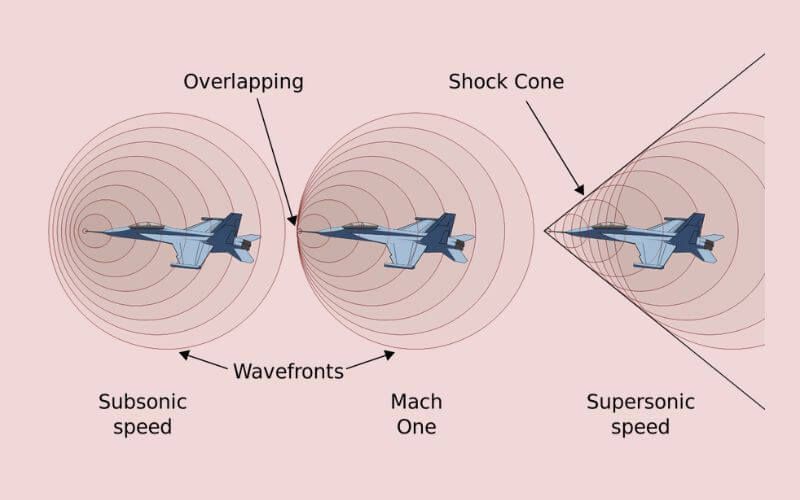
Factors Influencing Sonic Booms
The Role of Speed and Altitude
The intensity of a sonic boom is directly related to the aircraft's speed. An aircraft traveling at Mach 2 (twice the speed of sound) will create a more intense boom than one at Mach 1. Altitude also plays a significant role.
Counterintuitively, higher altitudes result in weaker booms at ground level. This is because the air density decreases with altitude, meaning fewer air molecules are compressed by the shock wave. The area on the ground exposed to the sonic boom, often referred to as the “boom carpet,” is also influenced by altitude and speed.
Atmospheric Conditions and Their Impact
Weather conditions significantly influence how a sonic boom propagates through the air. Temperature, humidity, and wind can all affect the perceived intensity and location of the boom on the ground.
Temperature gradients and wind shear can refract, or bend, the shock wave, altering the shape and distribution of the “boom carpet.” This atmospheric refraction can cause the sonic boom to be heard in unexpected locations or to be more focused in certain areas. Variations in humidity also impact sound propagation and the perceived noise levels of the boom.
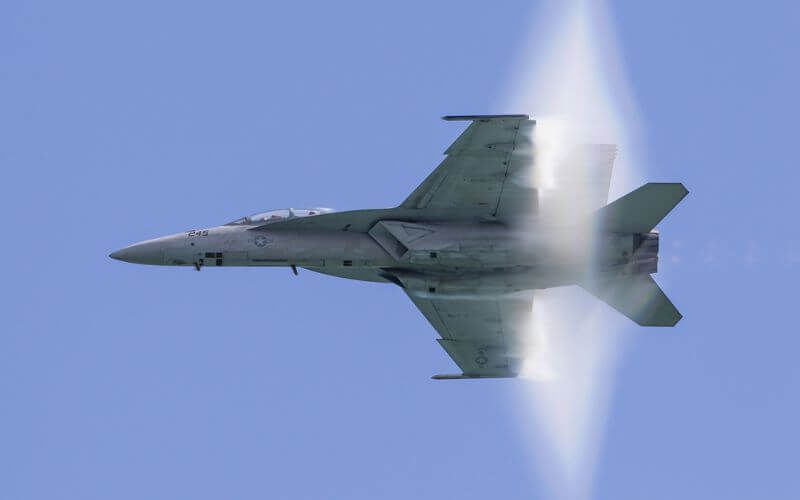
Sonic Boom Effects and Regulations
Environmental and Human Impacts
Sonic booms, due to their intense noise levels, can contribute to noise pollution, causing startling reactions in humans and animals. While the potential for significant structural damage is minimal, minor vibrations and rattling can occur.
The psychological and physiological effects on humans are generally limited to surprise and temporary annoyance, but repeated exposure can be a source of stress. Research into the impact of sonic booms on animal behavior, particularly wildlife, is ongoing and crucial for responsible development of supersonic technologies.
Current Regulations and Future of Supersonic Flight
Supersonic flight over land is generally prohibited due to the disruptive effects of sonic booms. Regulations from the Federal Aviation Administration (FAA) in the United States and the International Civil Aviation Organization (ICAO) restrict supersonic flight over populated areas.
However, research and development are underway to mitigate the “superboom.” NASA, in collaboration with private companies like Boom Supersonic, is exploring “low boom” aircraft designs. These advancements aim to reduce the sonic boom to a softer “thump,” paving the way for a potential resurgence of commercial supersonic flight, reminiscent of the Concorde but with significantly reduced noise impact.
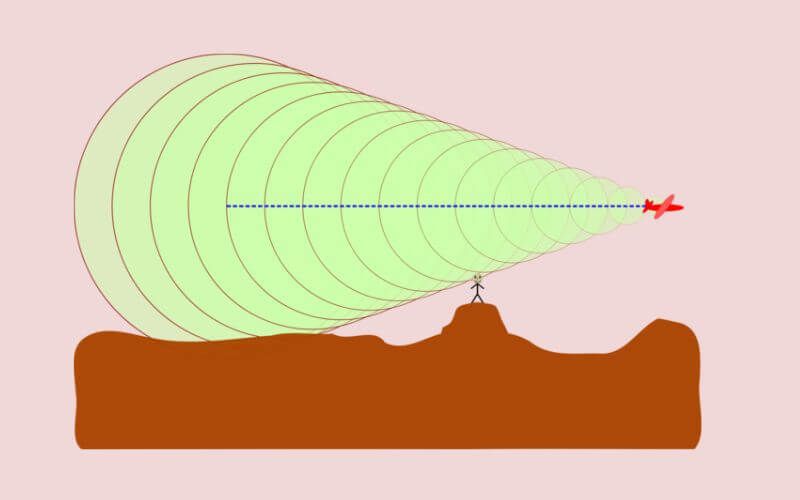
Examples of Sonic Booms in Action
Supersonic Aircraft and Military Jets
The most common source of sonic booms is supersonic aircraft, primarily military jets like the F-18 Hornet. These aircraft routinely break the sound barrier during training exercises and demonstrations. The now-retired Concorde supersonic transport aircraft was also a well-known source of sonic booms, though its operation over land was restricted.
Looking to the future, companies like Boom Supersonic are developing new supersonic transport aircraft, such as the Overture, with innovative designs intended to minimize sonic boom intensity. Images and videos of these aircraft in supersonic flight vividly demonstrate the creation and propagation of sonic booms.
Other Sources of Sonic Booms
While less frequent, sonic booms can also be created by objects other than aircraft. The sharp crack of a bullwhip is a miniature sonic boom, demonstrating the same principles of physics at a smaller scale.
The rapid acceleration of the tip of the whip exceeds the speed of sound, generating a characteristic “crack.” Less common but equally powerful are sonic booms caused by meteor entry into the atmosphere and the re-entry of spacecraft like the Space Shuttle. These events, though less frequent, generate substantial sonic booms due to their extreme speeds.
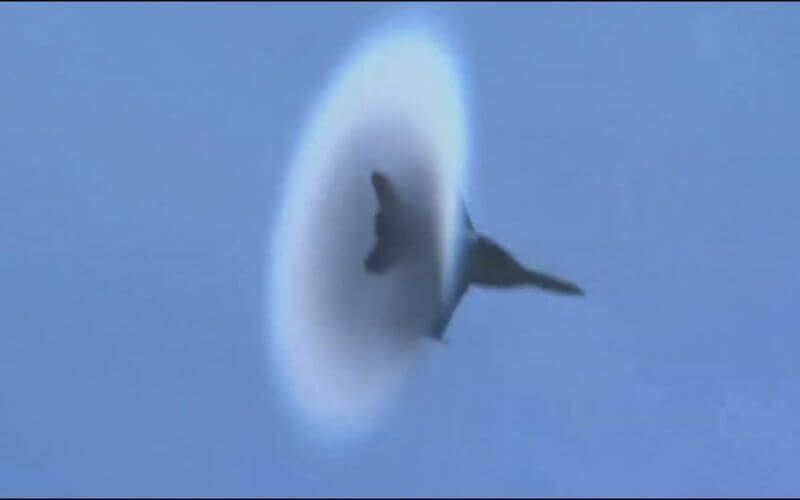
FAQs about Sonic Booms
How loud is a sonic boom?
A sonic boom's loudness is typically measured in decibels (dB). It can range from a soft thump to a loud bang, comparable to the sound of thunder, reaching upwards of 100 dB. The perceived loudness is influenced by the aircraft's size and its distance from the observer. Closer proximity and larger aircraft result in louder booms.
Can sonic booms break windows?
While rare, sonic booms have the potential to cause minor structural damage, such as cracked windows. The likelihood of damage depends on the intensity of the boom and the structural integrity of the building. Most buildings can withstand the overpressure created by a sonic boom, but older or more fragile structures might be more susceptible.
Are sonic booms harmful to humans?
The sound of a sonic boom itself is typically not physically harmful to humans. However, the sudden and unexpected loud noise can be startling and stressful, particularly for individuals sensitive to loud noises. Repeated exposure could potentially cause anxiety or other stress-related issues.
Why are supersonic flights over land restricted?
Regulations restricting supersonic flights over land are primarily in place to minimize noise pollution and the disturbance caused by sonic booms. The loud noise can disrupt daily life, impact wildlife, and potentially cause minor structural damage, leading to restrictions to mitigate these negative effects.
What is being done to reduce sonic boom noise?
Ongoing research focuses on mitigating the intensity of sonic booms. Scientists and engineers are exploring ways to reshape the shock wave generated by supersonic aircraft, aiming to reduce the characteristic "boom" to a softer "thump." These advancements in aircraft design hold promise for a future where supersonic flight over land is both feasible and less disruptive.
Gojets - Providing Expertise on Sonic Booms and Supersonic Flight
At Gojets, we understand the complexities of supersonic flight and the science of sonic booms. Our team of aviation experts offers consulting services related to noise abatement, regulatory compliance, and the future of supersonic travel. Whether you are a researcher, a business exploring supersonic technologies, or simply curious about the phenomenon, we can provide valuable insights and guidance. Contact us today to learn how we can assist you with your supersonic flight needs.
- Phone number: 0401036356
- Website:
https://gojets.com.au/

Sonic booms, the thunderous cracks caused by objects exceeding the speed of sound, are a fascinating manifestation of physics in action. Created by the compression of air molecules into a powerful shock wave, they present both challenges and opportunities for the future of aviation. While their noise impact has led to restrictions on supersonic flight over land, ongoing research and innovative aircraft designs hold promise for quieter supersonic travel.
Advancements in "low boom" technology offer a potential future where the disruptive "boom" is reduced to a softer "thump," enabling a new era of faster, more efficient air travel. The future of supersonic flight is on the horizon, and with continued research and development, we can expect a world where the marvel of supersonic speed becomes a more commonplace and less disruptive part of our lives.



